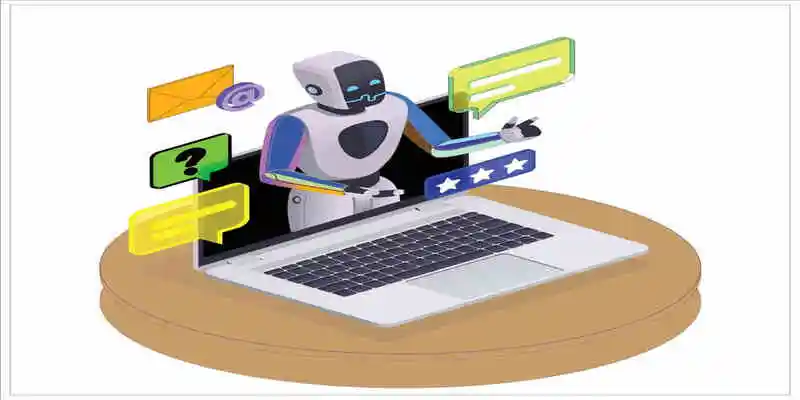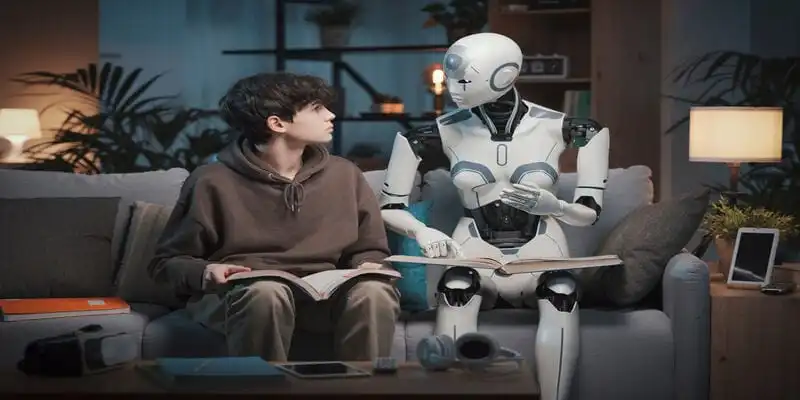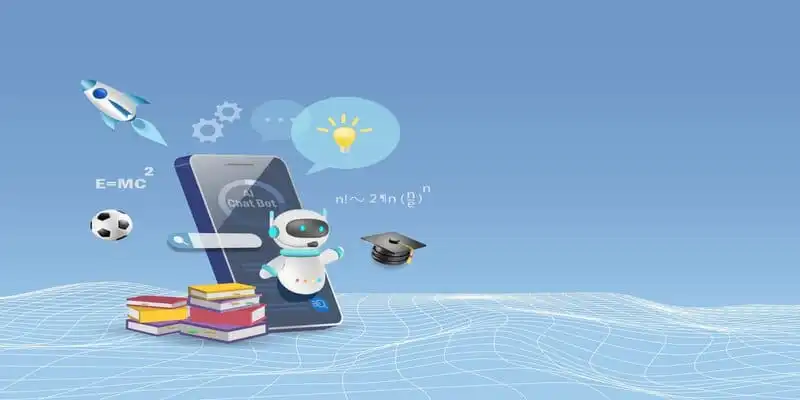Potential use of Robotics in Education System
When we think of a robot at work, we think of them cleaning, delivering things to designated locations, and assembling components in a factory, but we rarely think of them doing creative work like teaching a class or prescribing medication to patients.
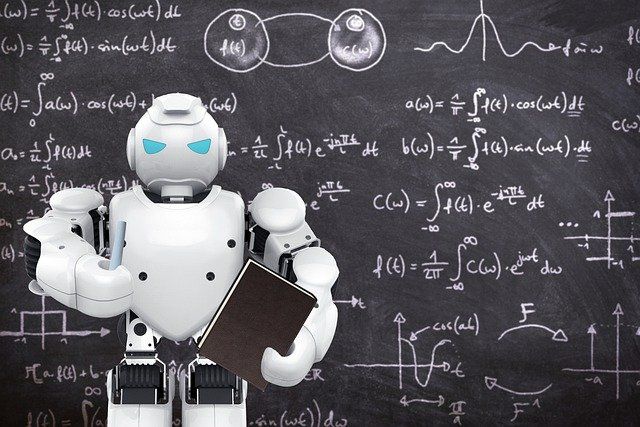
Modern society is witnessing a revolution of technology that started in the 20th Century and now moving forward in multiple sectors including business, communication, society, environment, health, and well-being. Joint ventures of schools and corporations have led to breakthroughs in multiple fields and the same is for Artificial Intelligence. Several corporations are also working and are in favor to promote technological advancements in fields where technology can play a role effectively and can substitute humans.
Whenever we think about a robot working somewhere, we imagine a robot cleaning a place, delivering products at nominated places, assembling parts at some factory but we hardly consider them doing creative work like teaching a class, or prescribing medicine to patients. In real life we underestimate the performance of robots; for instance, they can diagnose disease better than a doctor and on the other hand, a patient may feel more comfortable telling symptoms to a machine than a doctor. With the advancement in technology, opportunities are emerging in the field of education as well. Regardless of the old methodologies, the education system has now started the use of the most updated Robotics technology. Japan and South Korea are among the countries that are aggressively working to replace teachers with Robots.
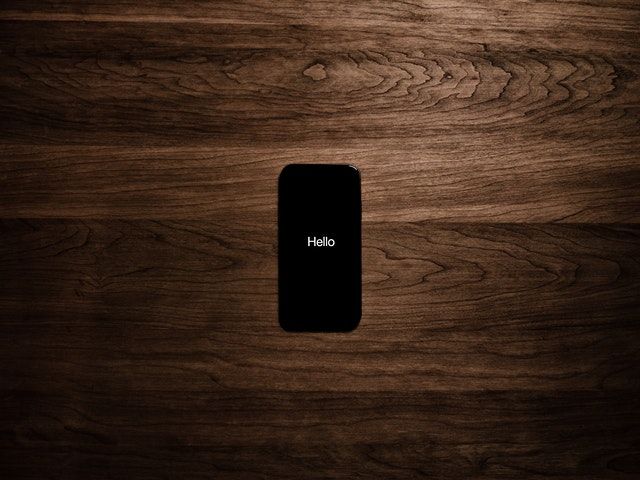
In this blog, we will discuss the opportunities that Robotics is offering to the Education sector; how Robots are replacing the staff in the educational department, and what are the pros and cons of this replacement? What is the best-case scenario?
Robots Potential in Education Sector – Present and Future Perspective
The overall strength of Robotics in the education system lies in improving the learning process and making it convenient for the students and other educational staff. Although robots are not very common in the education sector, experts anticipate that they will be regularly performing the teachers’ activities in the classrooms within the next ten years.
Kindergarten classes in China are now testing the use of a robot named Keeko which narrates stories, interacts with students using facial expressions, and poses logical questions for learning of students. Children learn multiple tricks from this AI-powered robot. Currently, it has been used by hundreds of Kindergarten schools in China.
Another group of technologists in Boston is conducting trials of artificial intelligence-based robots named Tega and the main target is an area with a large population struggling to learn the English language.
Anthony Sheldon; A British education expert thinks Robots will take over the classrooms by 2027. As per his prediction, teachers will act as assistants in the classrooms while Robots will lead the transfer of knowledge. The presence of intelligent robots in class will not only focus on the curriculum but also read faces, identify the movements, and in the future, they may read the brain signals of students as well. Engineers have designed robots to move in a classroom asking various questions from students, providing them relevant information, responding to their queries, and noting their comments. In this way, they can count the number of times a student interacts/asks questions or try to learn a specific field with interest which may further help to decide about the career of a student.
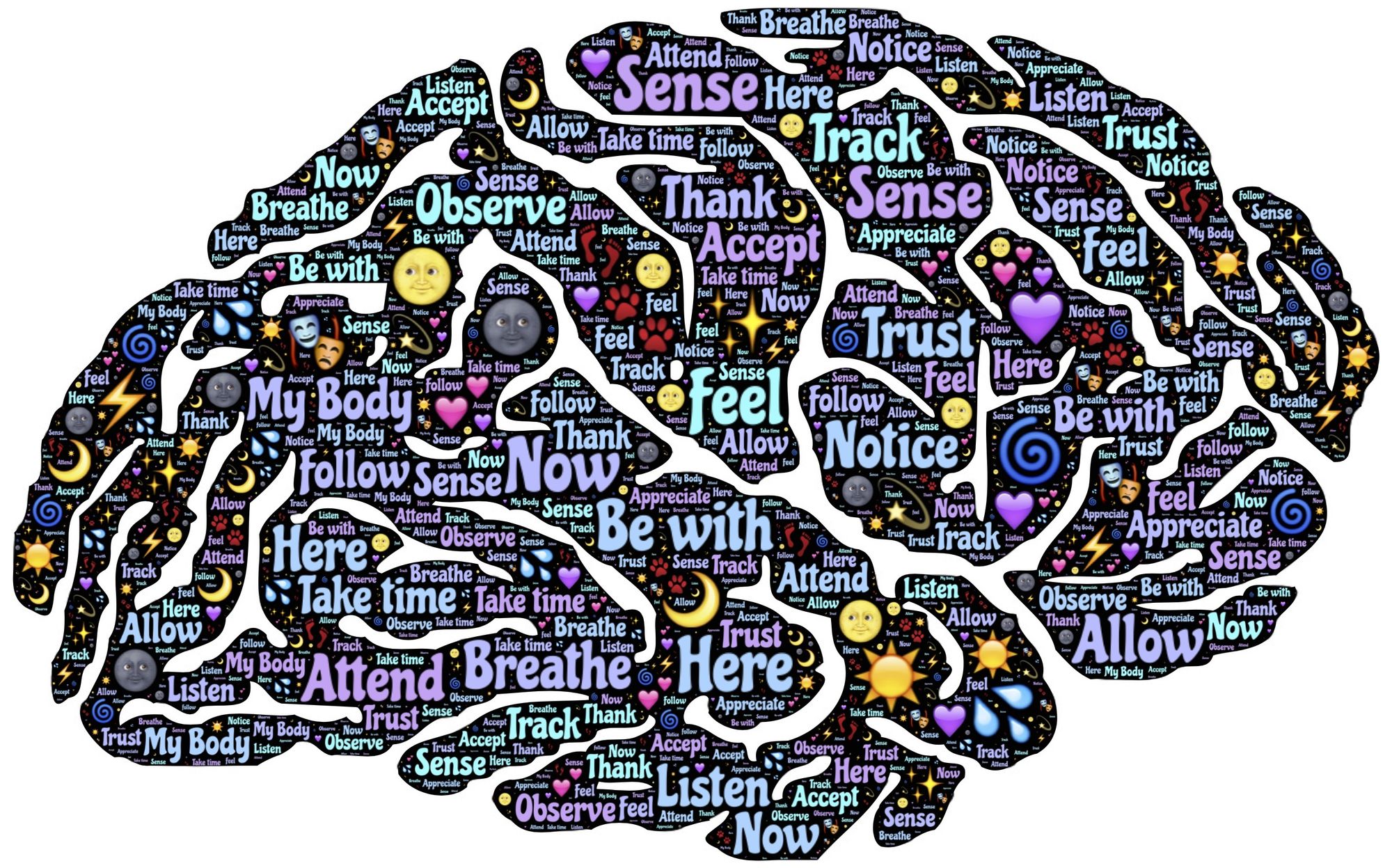
Positives of Employing Robots in the Education Sector
In the education field, robots can promote logical thinking, spatial insight of students, and psychomotor skills along with improving the overall learning and problem-solving skills. Robotics is also utilized to enhance the skills of students in the field of digitalization. The role of information technology is very significant in improving the overall learning and teaching process. As per experts of the eLearning Industry, more than 47% of learning management tools will become AI-enabled in the coming 3 years.

Let’s have a look at the advantages of employing robots in the education field:
Quick Response to Queries
Time for education is very critical in the regular educations system. The teacher's availability in time when a student may require specific help is a problem. AI Chatbots and online robot tutors can serve this purpose effectively. In a routine education system when students ask so many questions to a teacher, the teachers get distracted and may not be able to answer all of them due to time or capability constraints. In this scenario, AI-powered robots can fix this issue with quick answers through available data from authentic sources. Thereby, the time of students waiting for their answers reduce,s and the updated knowledge transfers to the students as per their queries.
24/7 Availability
High-quality education is available 24/7 for students across the globe through AI-powered virtual robot teachers. Now the students don't need to travel much for high-quality education. This will also save costs of traveling and boarding/living expenses. AI-powered solutions can help students improve their skills and weak points outside classrooms as well. It's a unique experience to have one-on-one learning outside the classroom at any time in the day where the robots would be responding to the query within 2.7 seconds.
The AI-powered education system will also be capable to help parents check the progress in studies which again will be available 24/7 in multiple ways. This will also help them in making timely decisions for further education or any change of education plan in case the current scenario is not progressing as per requirement.
Improved Student-Teacher Relationship
Robots as a teacher may also change another dominating fact of teaching; in routine student-teacher relations, it is a known fact that the teacher dominates. If a robot is a teacher, the students will dominate, and this may create a very positive impact as students may ask relevant queries which they normally avoid in class being shy or any other reason.
More Interactive Relation with Disabled Children
Education is a difficult task for children with certain disabilities. Here, robots that are programmed by experts to teach such children will help a lot. A robot teacher can be more interactive with a child suffering from a certain disability like “Autistic Spectrum Disorder”. In this case, a Robot is programmed based on the condition of the student as well so that robots behave along with the student’s improvement. A normal human teacher might get depressed with questions and behavior of such students while robots would not.
Robots as more Relaxed and Determined Teachers
A robot as a teacher can perform anywhere without raising any issue regarding its appointment. It can work for a long time and would not get stressed out with factors influencing emotions or sentiments. Additionally, it won't leave teaching to get high-paid jobs.
Learning by Teaching Approach
Learning by teaching is another approach adopted in Japan where the robot is used in the classroom and the students are asked to teach that Robot. This change of teaching/learning approach is found impactful, as the students have been found learning more while trying to teach a robot.

Threats of employing Robots in the Education System
Every positive certainly has a negative; Robotics in the education sector is not exceptional. Despite all the opportunities it is offering to the education field, the experts anticipate the following intimidation regarding robotics in the education segment:
Unemployment
There is always a danger perceived with advancement in artificial intelligence which is Unemployment. Quite a huge number of teachers are teaching in Kindergarten, Primary, Secondary, high school, colleges, and Universities. Replacing them with Robots will create unemployment in this category. However, the researchers also claim that it will open the doors for other categories like Hardware, Software, Data collection, and AI-related research in the Education field.
Data Breaching
A robot is a machine that is programmed to collect and provide information as per available data so there lies a danger of data privacy. Kids may share personal information with the robots they trust as a teacher so the information may go into the wrong hands and might be mishandled. This is also against the data protection laws involving the risk for access of data in wrong hands and misused.
Reclusive Behavior
The preferences of students might change as their comfort level with robots might increase as compared to that with human teachers. This may eventually lead to the reduction of their interaction with humans making them less social.
No tracking if AI system collapses
One of the reports by the UK government states that if AI systems collapse or malfunction at any time, it may cause harm. In such cases, it will be difficult to even track and find out that whether the legally liable authority is the school, teacher, software maker, or robot company.

Is it worth replacing Teachers with Robots?
In a recent Big Ideas survey on the replacement of humans with robots as teachers, it was reported that 84% of teachers do not agree with the concept that students will learn better through AI-powered robots than humans. Teachers are not willing to accept that the learning of students will improve even if low-performing teachers are replaced with AI-powered robots. They consider machines to be the worst tutors.
Finest Approach: Teacher and Robot – working in Collaboration
Rather than completely replacing human beings with robots, teachers across the world are more willing to work in collaboration with robots, where they would be handing over their tedious tasks to the robots. Teachers are more likely to take services of robots in some mundane routine activities like attendance, and grading. Attendance will be easier as a robot can recognize faces easily in one click and mark the real-time attendance quickly which in turn could save time. Similar is the case with Grading, which takes a lot of time. If the same is done with a robot, it will be a quick task. This could save hours of work that a teacher takes to accomplish the task.
Moreover, robots can help teachers in making translations and offering prompt support in communication with bilinguals. Robots surely can teach a second language more effectively than human teachers due to more databases.

Chatbots for Education System
AI-driven chatbots are interactive interfaces used to meet the needs of the audience through text or voice. The users share their needs or ask questions from the chatbots that in turn process the information received through voice or text and respond with the desired information using the algorithm. Companies like IBM, Facebook, Google, Amazon, and Microsoft are in favor to promote Chatbots in routine activities and get them involved in educational institutes for communication purposes.
In the education system, while selecting chatbots you must prefer a bot that uses the best algorithm and is quick enough to respond to the queries raised. Hence, the students might not require touching the help desk for any information as the selected bot would be enough to resolve their issues. Research reveals that the percentage of students using educational chatbots is around 37%. The expectation from the chatbots is to provide a piece of centralized information that maintains education staff, students, and parents on the same page. It should communicate swiftly with the information desired even if it is day or night. Access to the information through the chatbots must be easy and understandable by the student. Whatever the language is required it should be supportive to provide the best answer to the query. Among many Educational chatbots, the course selector chatbots, course offering chatbots (offering fee structure, duration, credit hour details, etc.), School/University/College Chatbots, Enrollment Chatbots, and sex education Chatbots are the leading ones. The University of Rochester wanted access to its students’ and faculty members' mental well-being, and they made it possible via an intelligent chatbot. Their “Engati” bot worked to look after not just their health but also guided them to manage their workouts and thoughts. The surprising fact was that they succeeded in building a chatbot with the sound very close to humans in just fourteen days.
While selecting a chatbot for a purpose every institute must consider its easy-to-use approach, ease of access, simple to answer the questions and queries related to the main target like enrollment, financial support of students, program durations, courses details, or any other questions which you think most of the students can have in their mind.
Some of the famous Chatbots developed with teachers and students at the university level are described below:
Mongoose Harmony:
“Mongoose Harmony” is an intelligent virtual assistant developed by “Drift”. This bot is designed for the specific educational needs of students for higher education. It maintains a higher level of engagement with the students having specific queries based on their level. This chatbot is capable to help higher educational institutes meet the needs of the young generation with the quick routing of relevant content they require.
QnA Bot by Amazon:
QnA Bot refers to the “Question and Answer” Bot and is designed by Amazon which uses Alexa and Lex to provide a conversational platform for students to ask questions as per requirements. This chatbot can understand the intent of the caller, increase the level of self-service and solve major queries of the students using a self-service portal so that the students spend less time while on hold. This chatbot prefers to provide them access to queries that help in the enrolment procedure of any institute. Currently, it is in use at St. Louis University and like other chatbots, it provides its users the opportunity to provide feedback on its performance that helps improve features thereafter.
IBM's Watson:
IBM Watson considered an interactive chatbot is in use at many universities worldwide. This chatbot uses Watson conversation service technology to receive queries, help students in downloading desired documents and provide support concerning specific queries. This technology is in use at Bolton College UK. Your assistant can also exchange messages with you if you add text messaging integration.
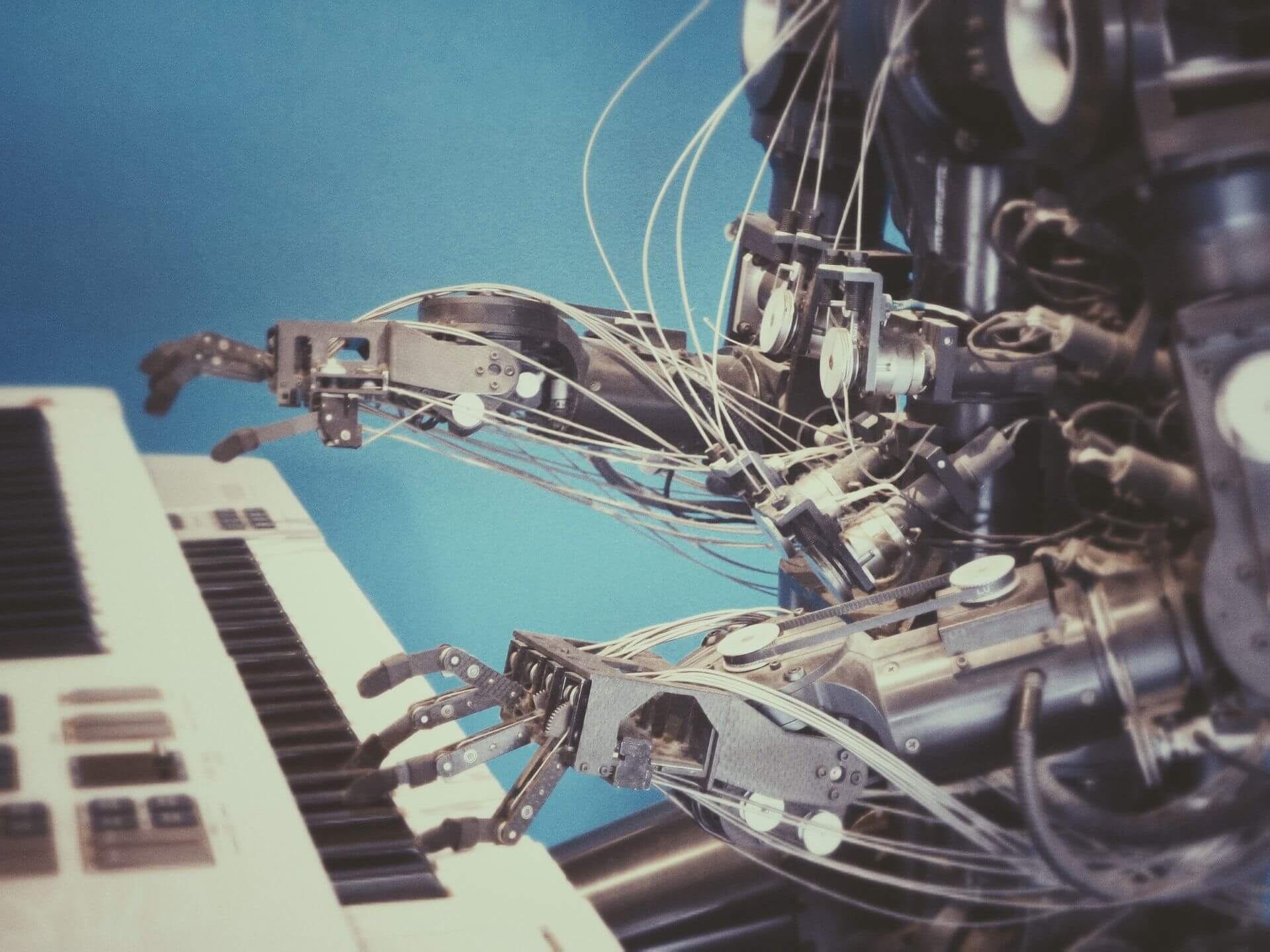
Concluding Thought
People's replacement at a workplace with machines is not new but the advancement in digital technology is increasing the capabilities of machines at a rapid pace. Digitalization is making things in our quick approach and thus contributing to the betterment of the overall educational process. Although the education sector is far behind in technological advancement when compared with automotive, manufacturing, or any other industry, but with the advancement in Robotics, the replacement of teachers and other admin staff with robots has been quite effective in certain ways. The institutes using robots and chatbots have found them not just cost-effective but also more precise to respond to students, perform tedious activities and manage data more effectively. Hence, robots can be exceptionally valuable tools in the teaching system. However, to get the ideal results, a proper guideline is crucial before implementing these robots in the education sector.
The educational institutes need to make sure that the students don’t get too attached to the robots. The students must realize that the robot is just there to help them in resolving their queries and not as a replacement for a human being. Human social interaction is something that students must value to grow as civilized human beings. In addition, we must employ Robotics in the education sector more responsibly following ethical standards. Last but not least, just remember that the robots are there to serve humanity, not to dominate or replace humans, so the Teacher-Robot collaboration would be the best strategic approach to maximize their benefits in the education sector.

